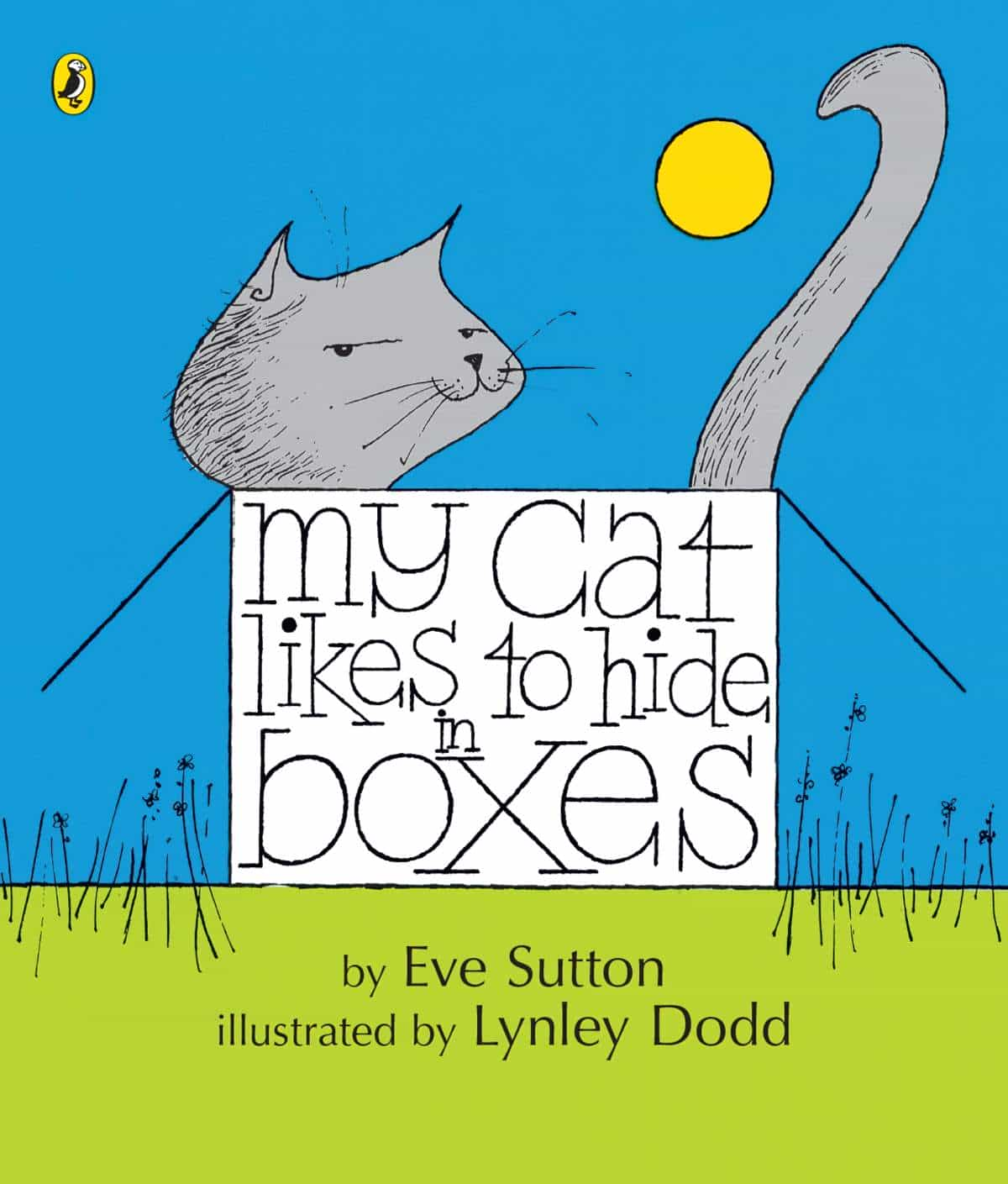Written by Eve Sutton, My Cat Likes to Hide in Boxes is the very first picture book illustrated by New Zealand’s Dame Lynley Dodd.
Eve Sutton was born in 1906 and died back in 1992. Originally born in Lancashire, England, she worked as a primary school teacher. This was her only picture book.
While it’s often said in jest that Kiwis are related by two degrees of separation, that really is true in this case. This is a case of two extended relatives collaborating on a project. Whereas Lynley Dodd had the freshly minted art degree, Eve Sutton was an experienced educator.
Hairy made his debut in 1983, but Dodd had been published for the first time 10 years earlier when she had been asked to do the illustrations for My Cat Likes to Hide in Boxes, with words by a cousin of her husband’s, Eve Sutton. “She said she didn’t have any ideas, what do you suggest. I said well our black cat gets in and out of cupboards, boxes and hidey holes all the time. Can you do anything with that? So she did. It was the first book for both of us.”
Lynley Dodd reveals the secret of Hairy Maclary
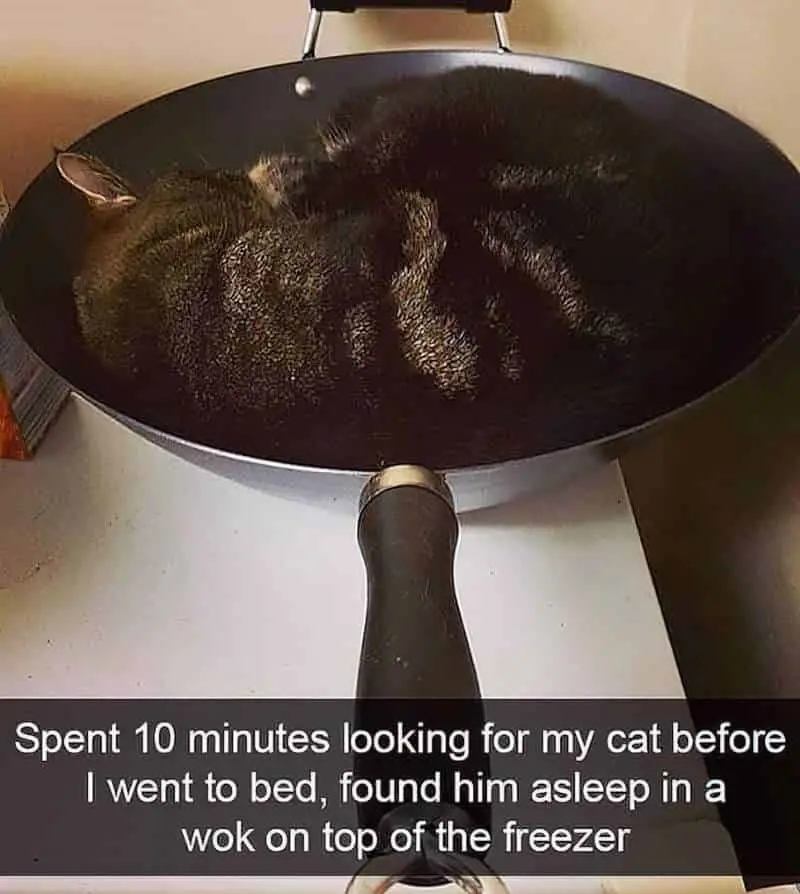
So My Cat Likes to Hide in Boxes appeared in the mid 1970s. It won the Esther Glen award in 1975 and is considered a New Zealand classic of children’s literature, especially for my generation, who grew up with this book but were a little too old for picture books when Hairy Maclary from Donaldson’s Dairy came along. (With the obvious caveat that no one is ever “too old” for picture books, but older children don’t tend to get picture books bought for them.)
These days we have the Internet for a steady supply of funny images of cats manipulating their surprisingly lithe bodies into any receptacle they can find, but in the mid 1970s, we had real-life cats and we had picture books.
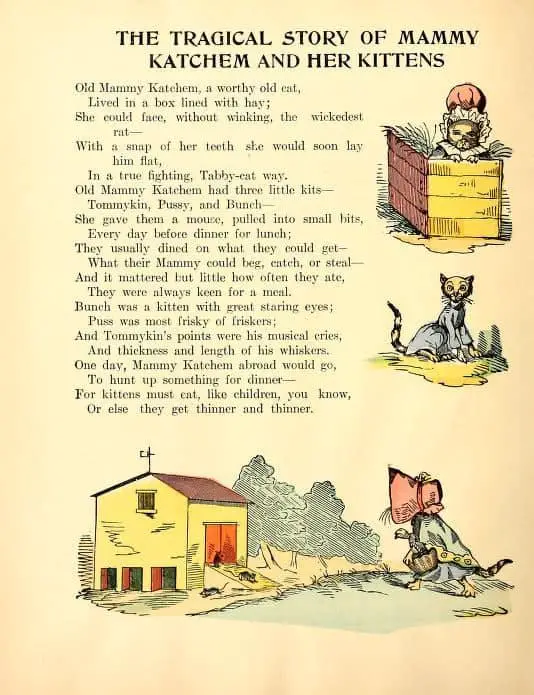
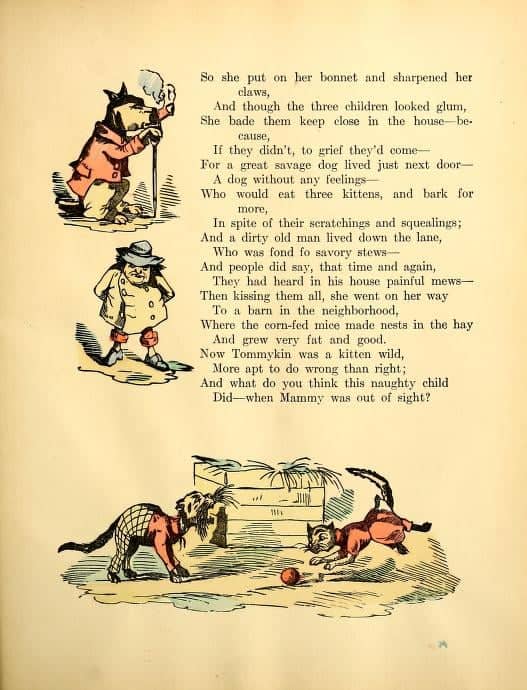
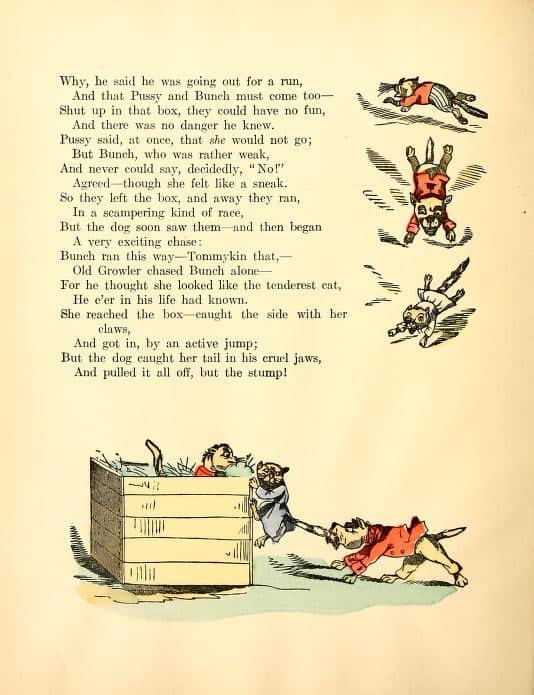
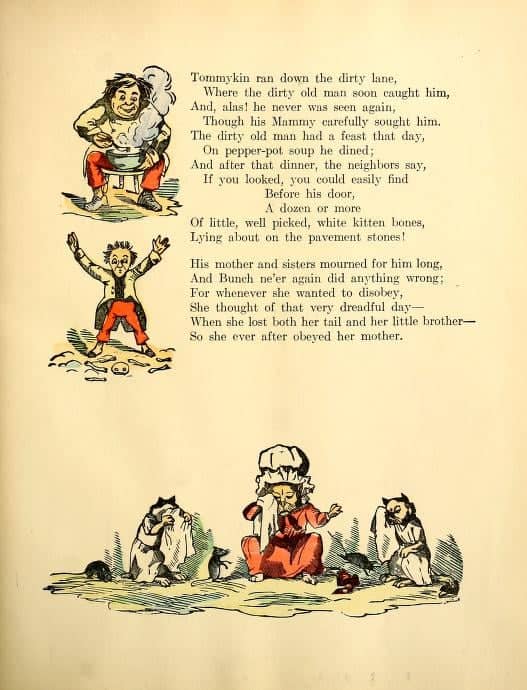
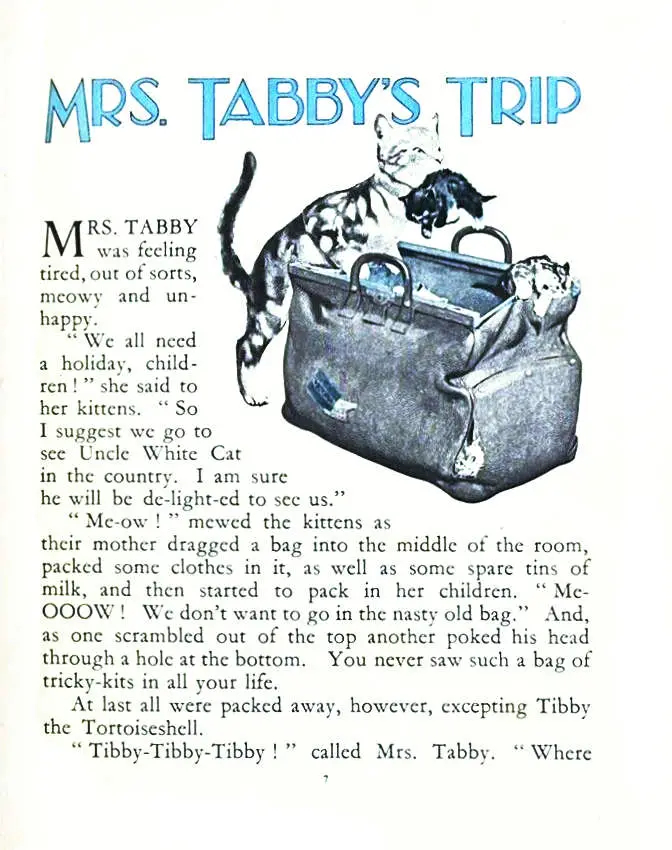
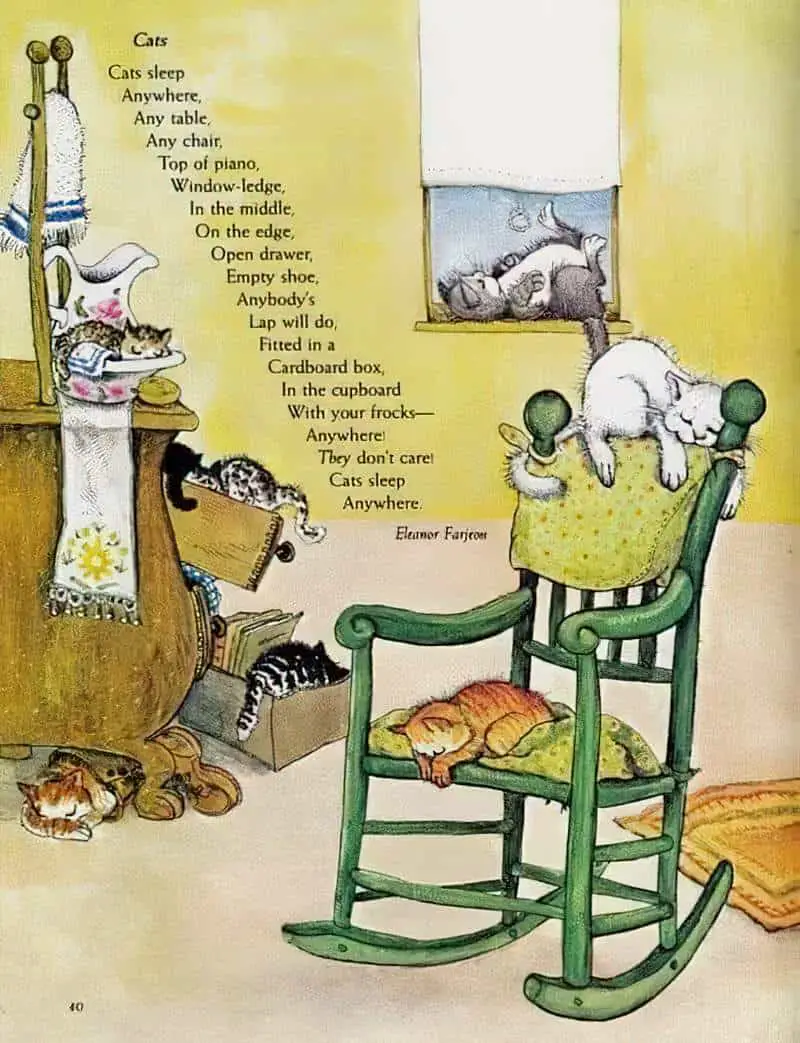
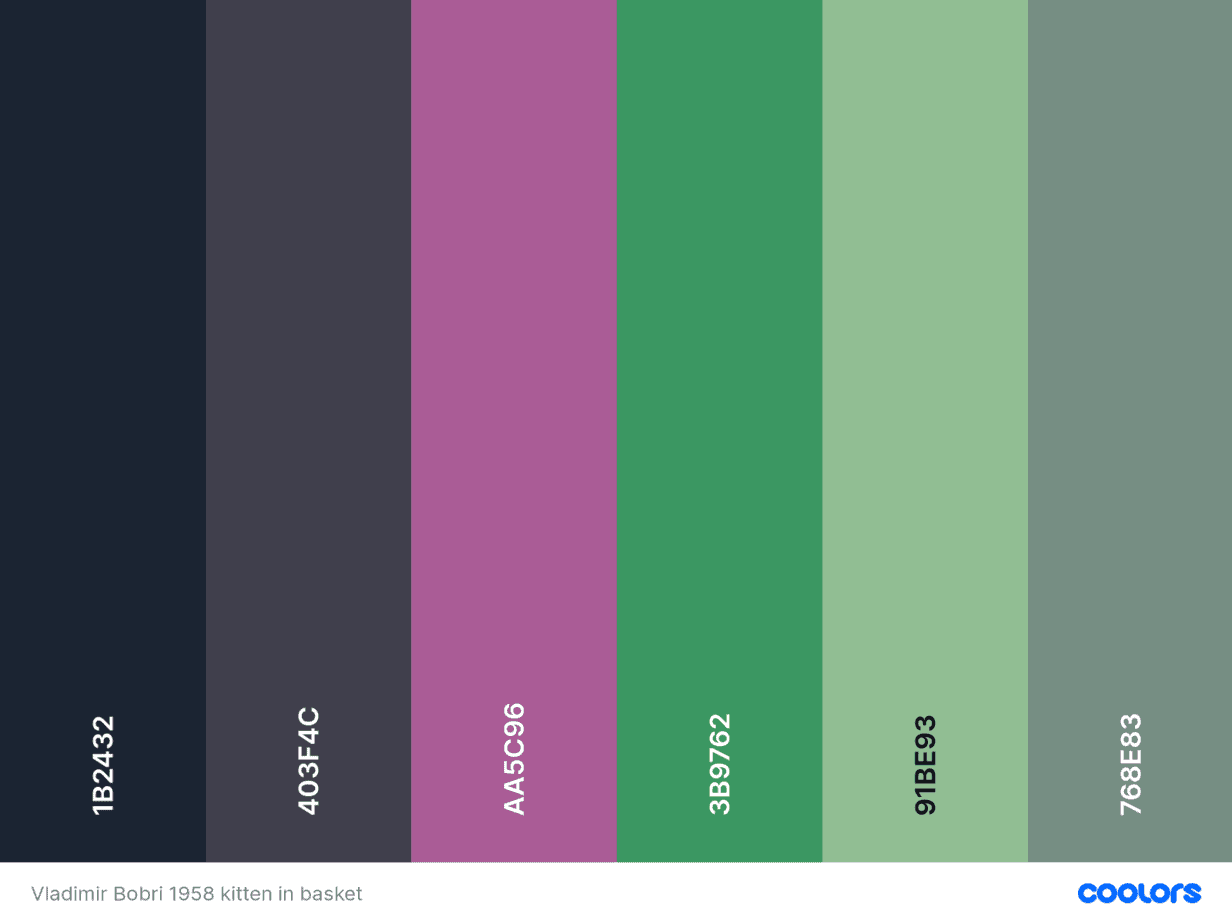
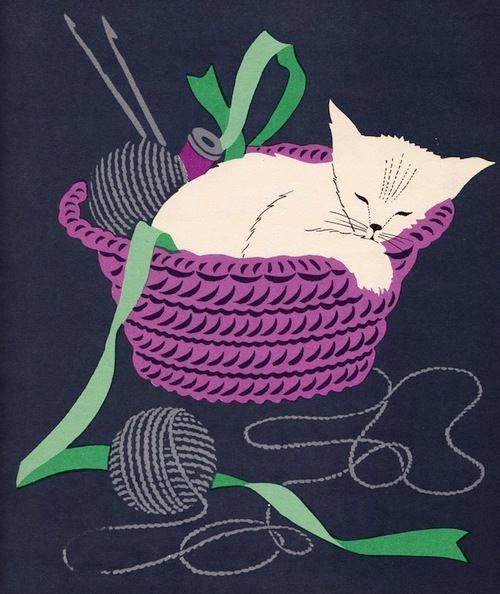
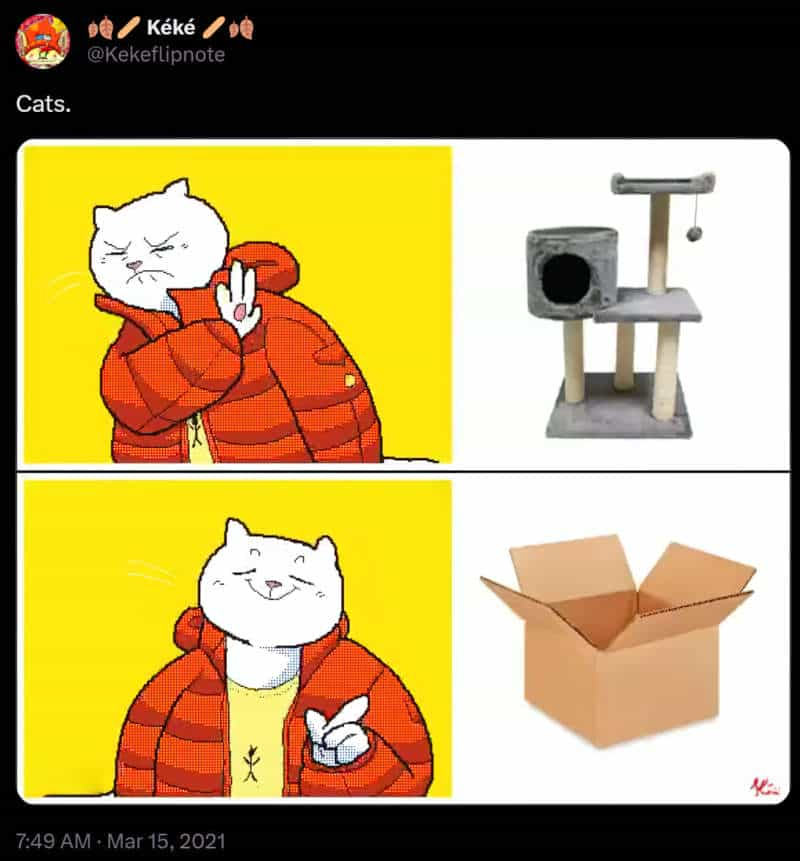
Tom Sainsbury’s Gingerbread discovers the evil joy of sitting in boxes, drawers and washing baskets.
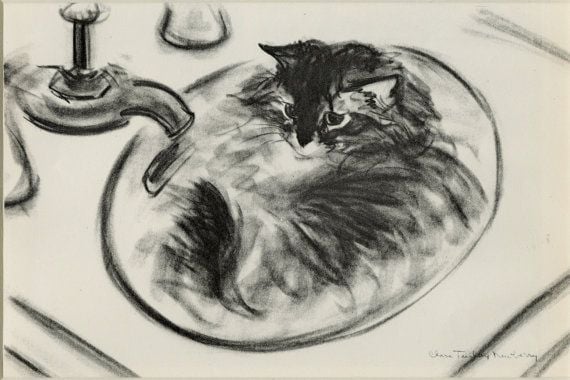
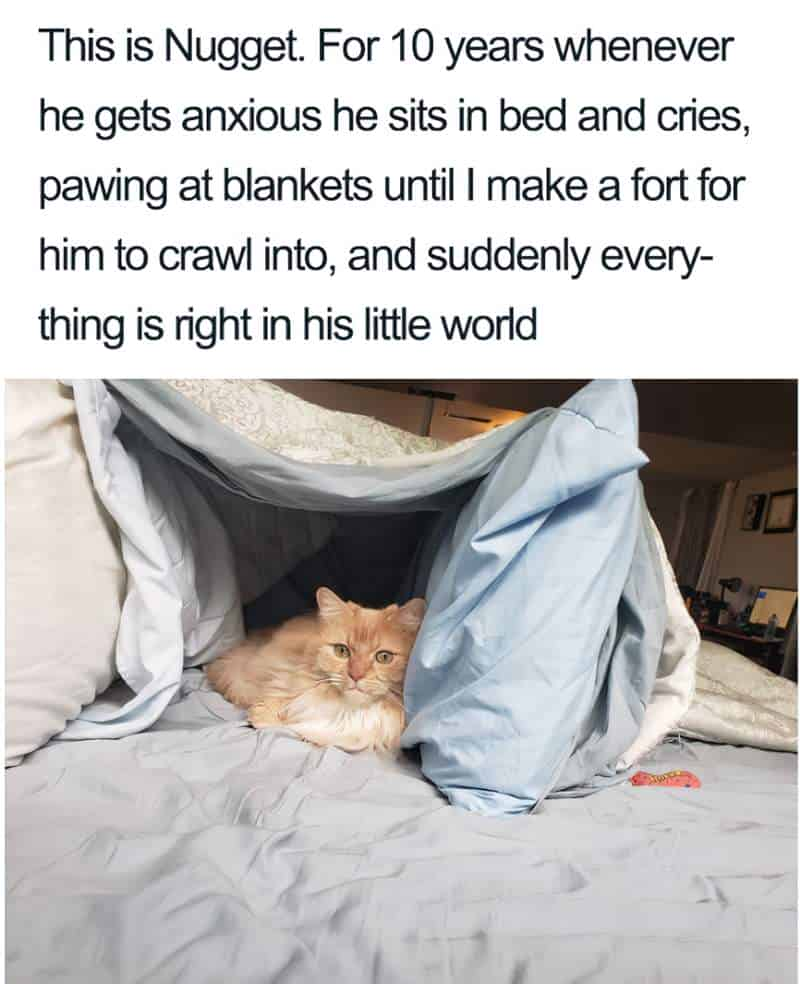

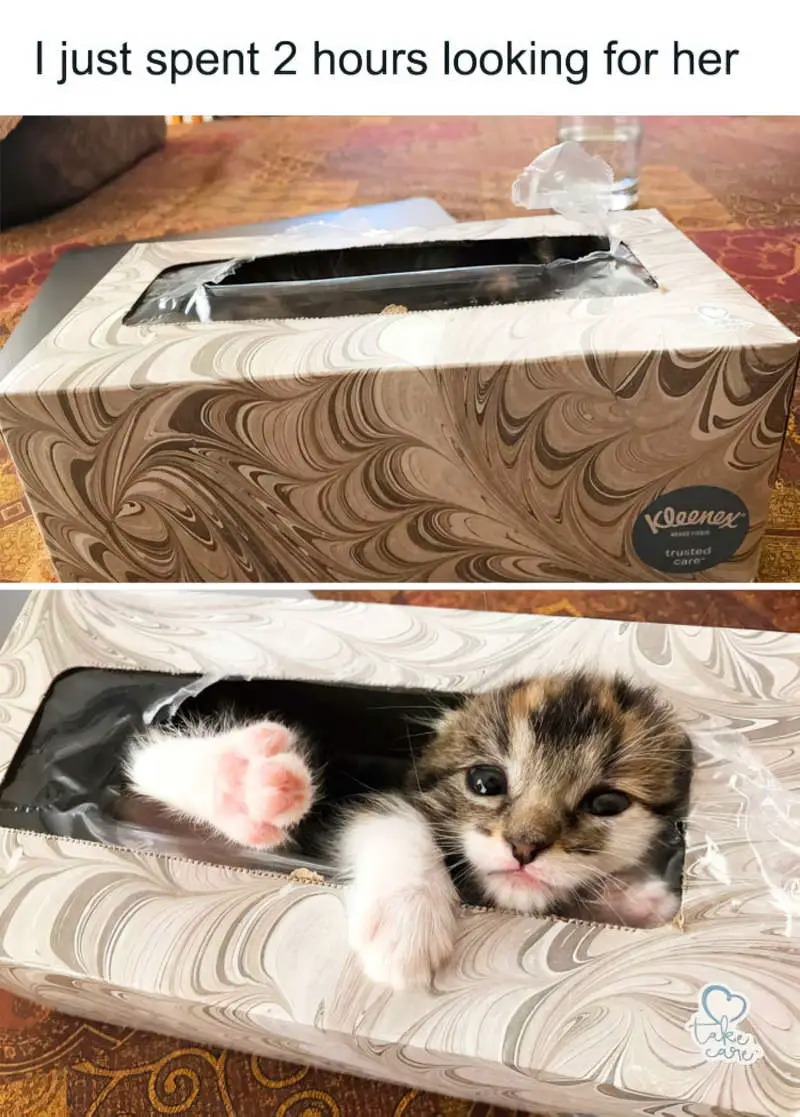

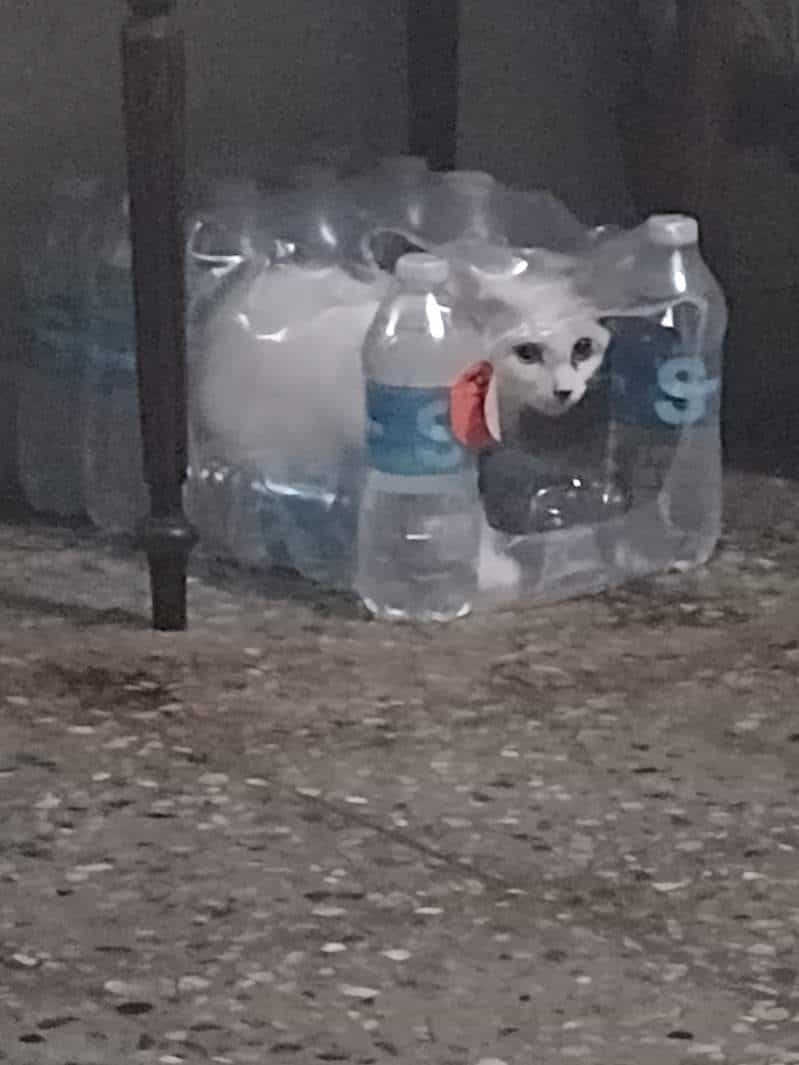
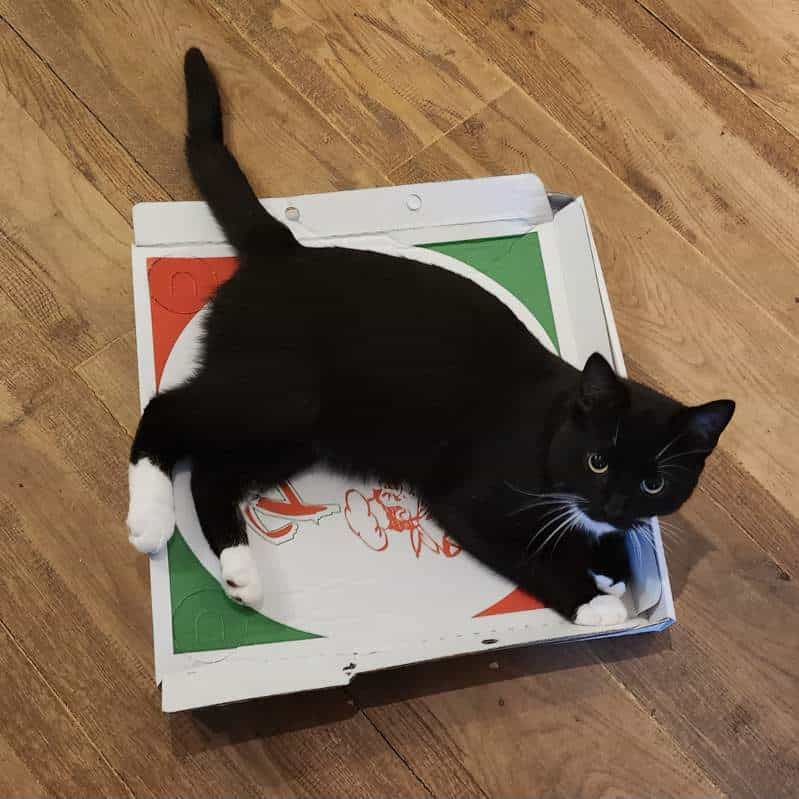
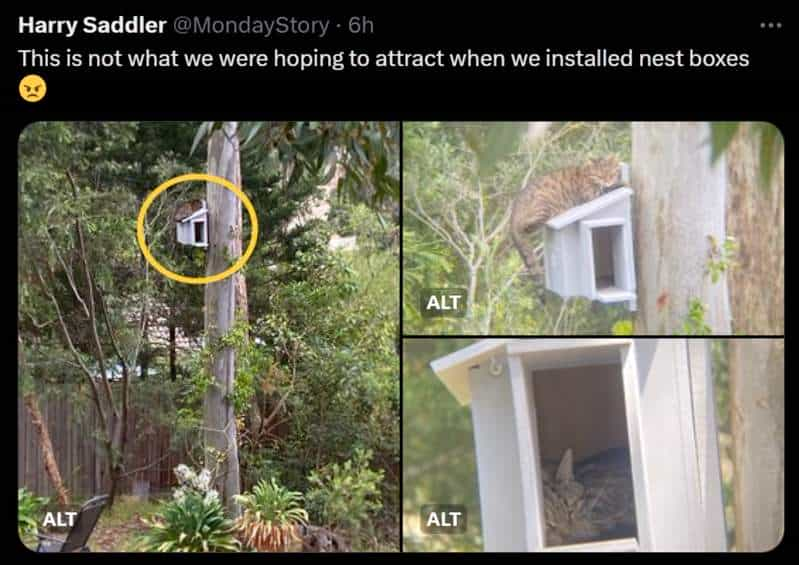

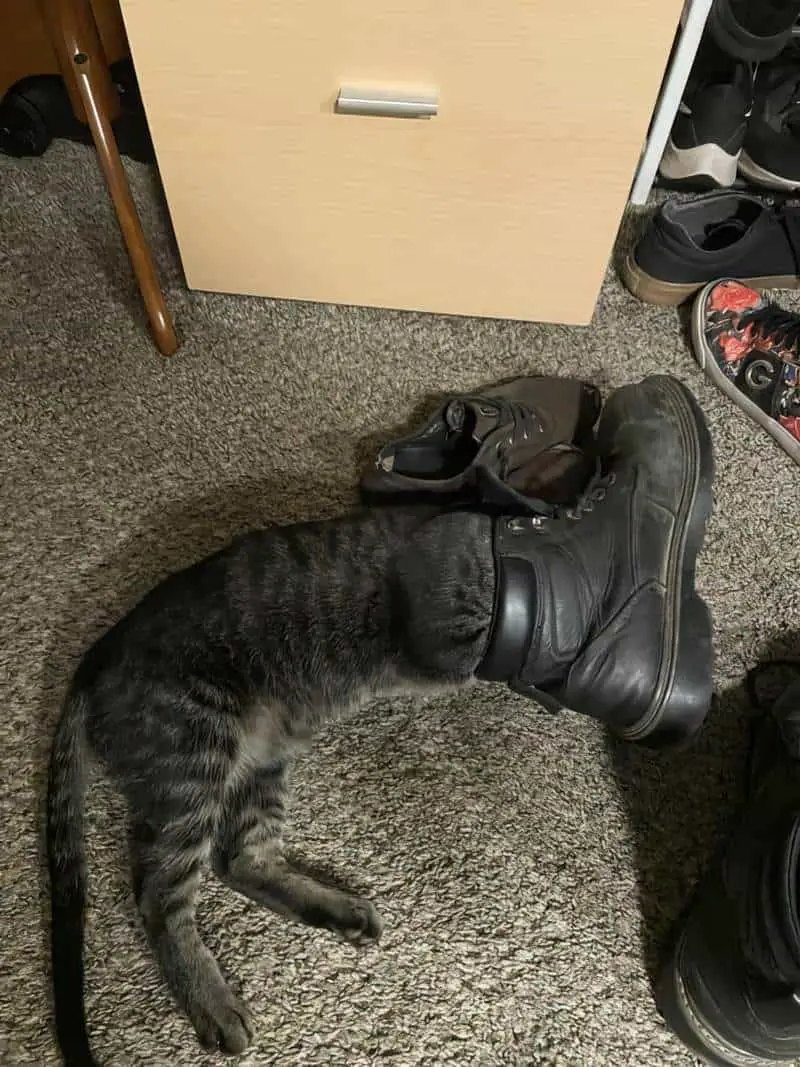
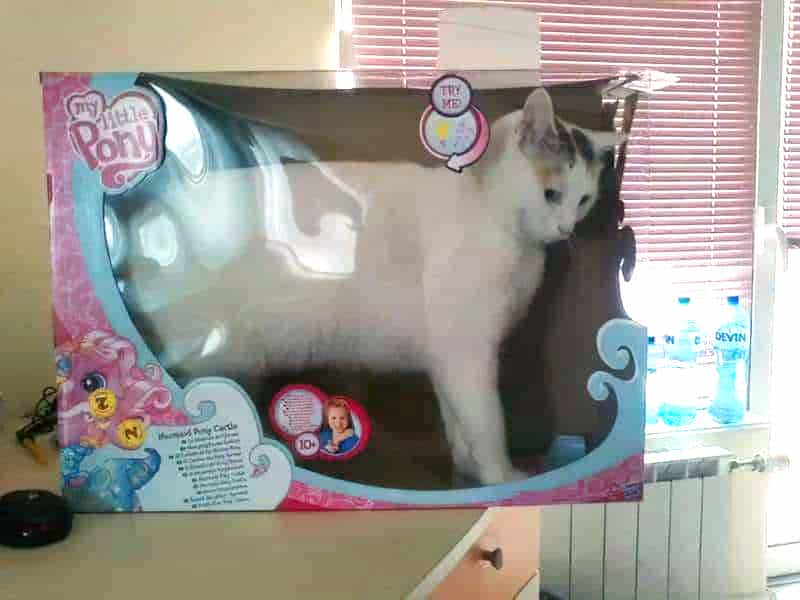


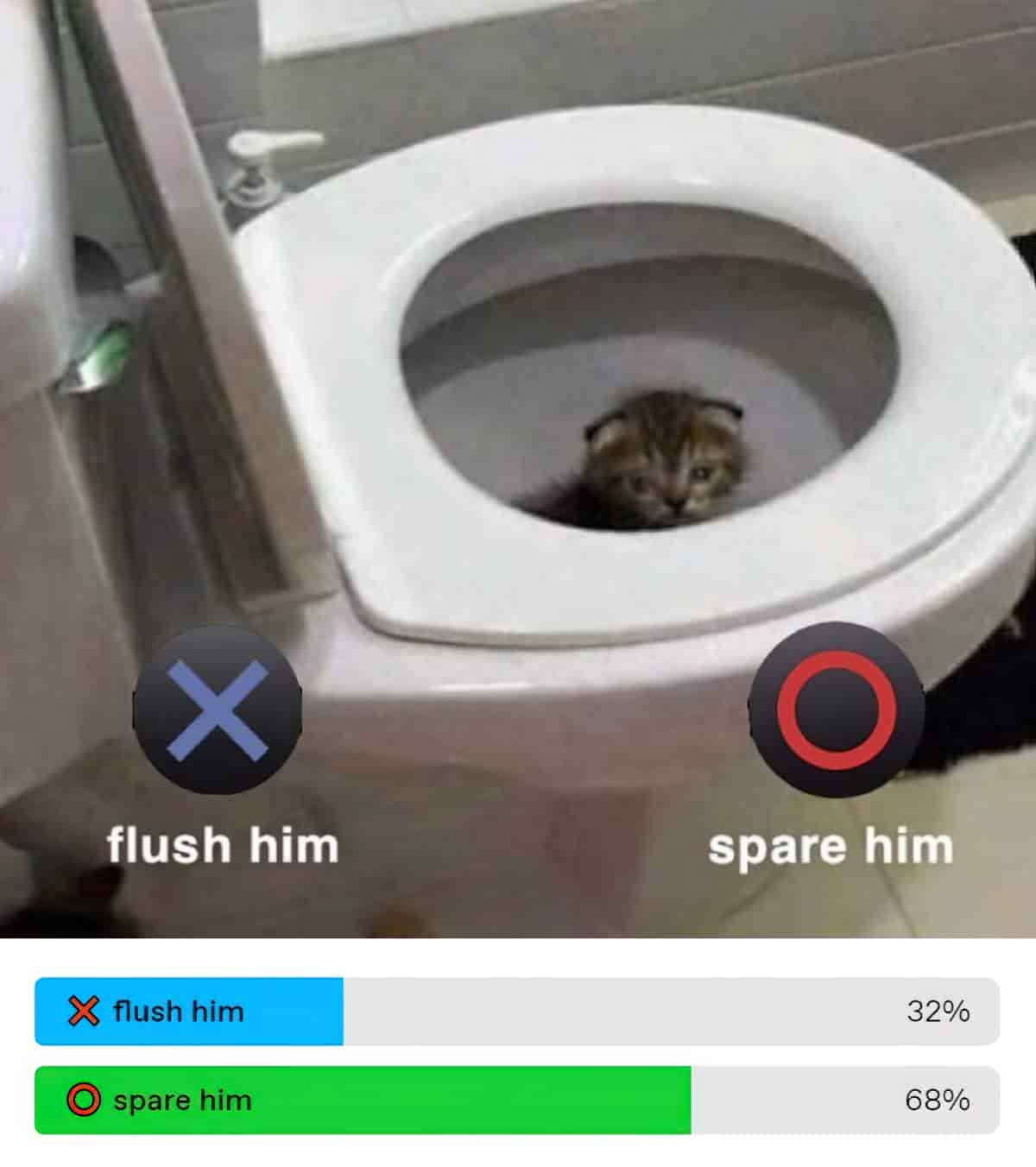

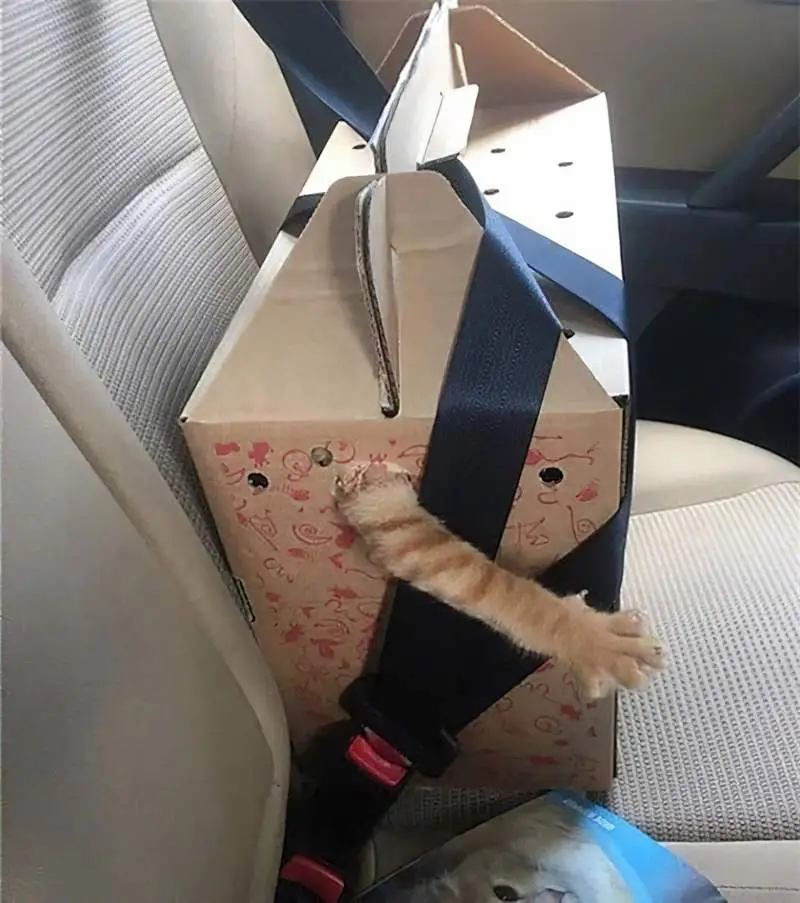

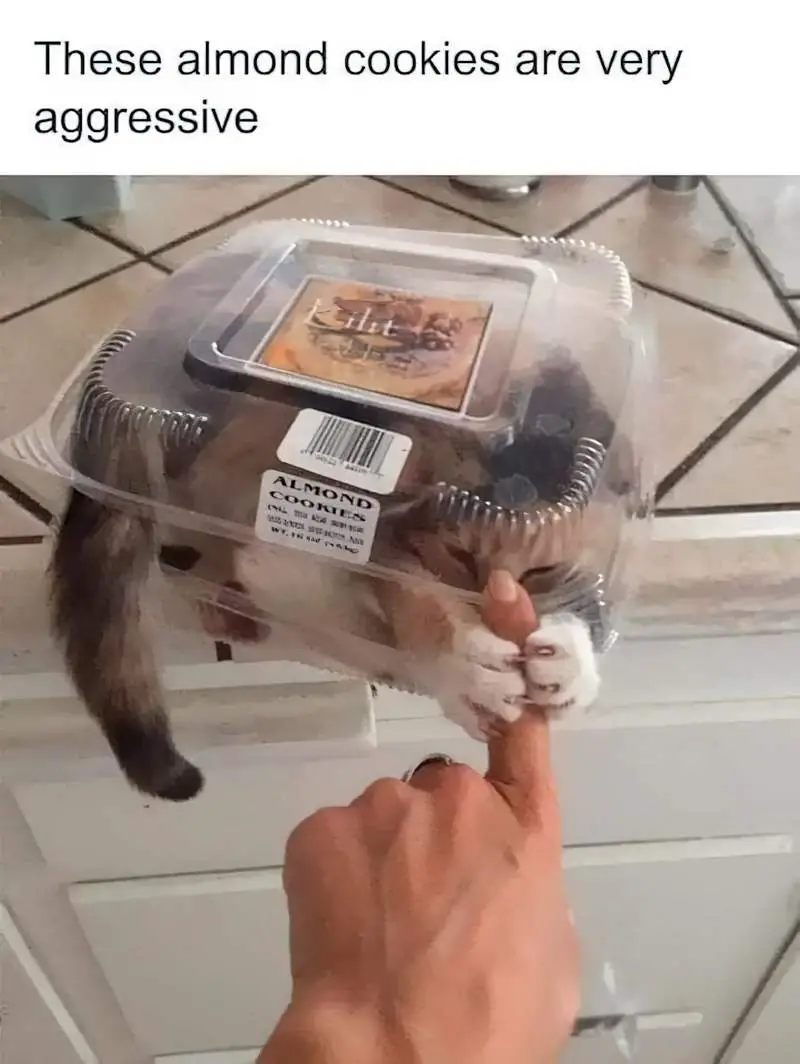

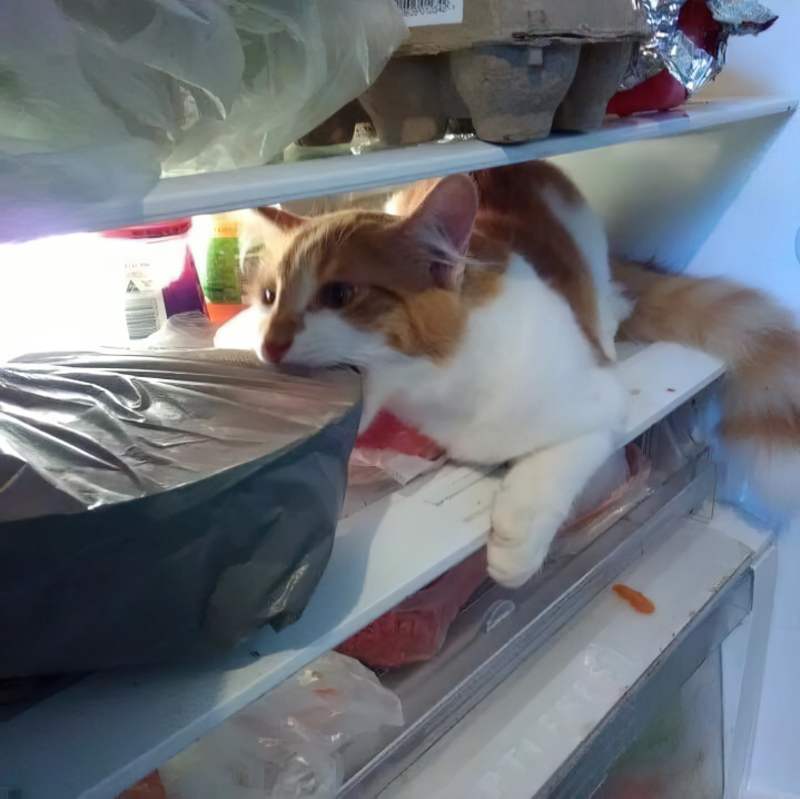
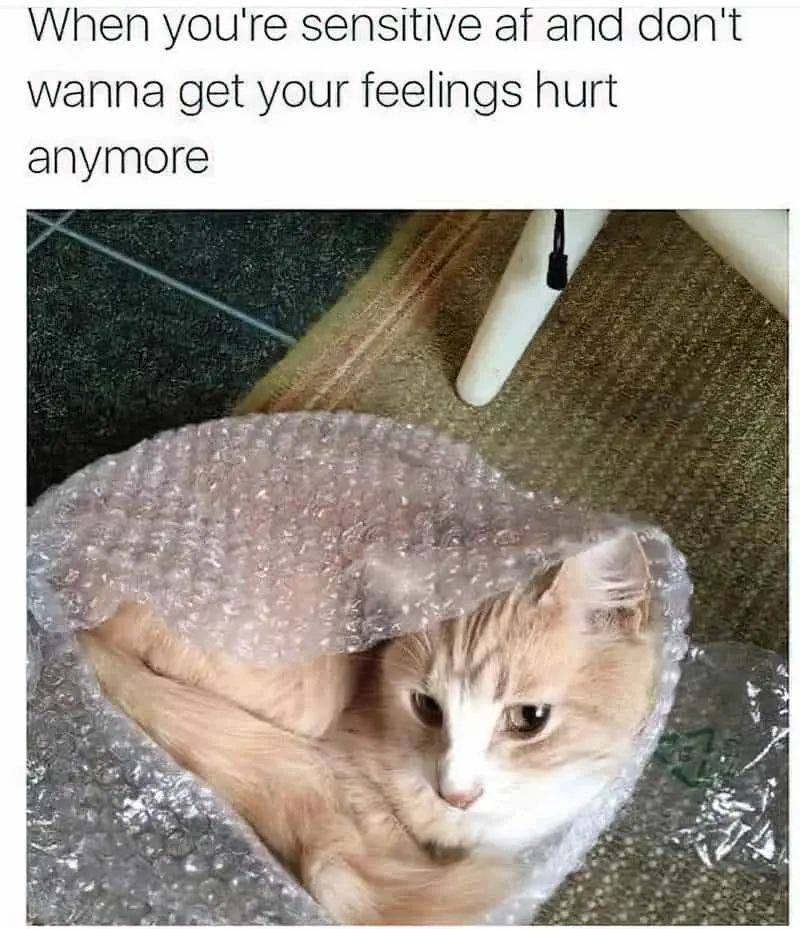
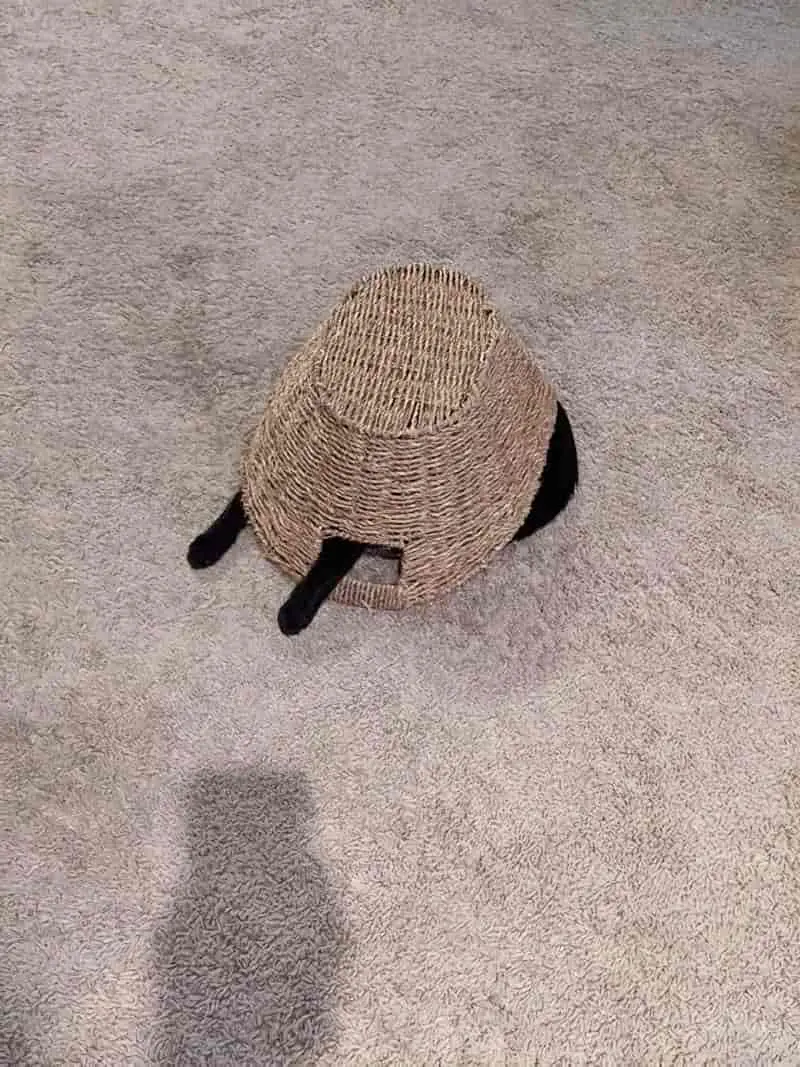
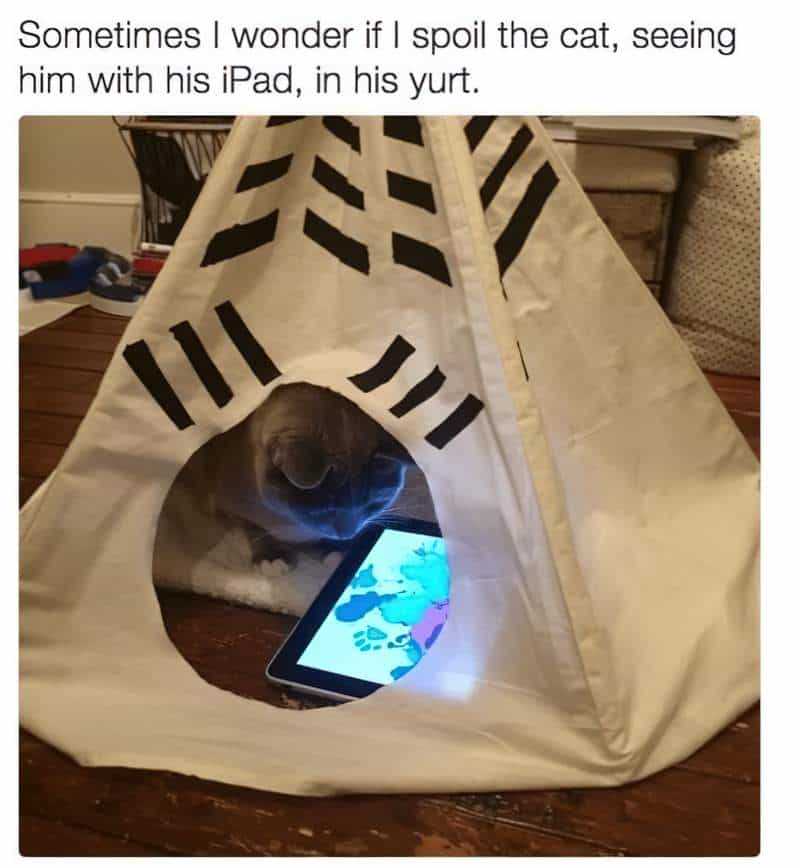

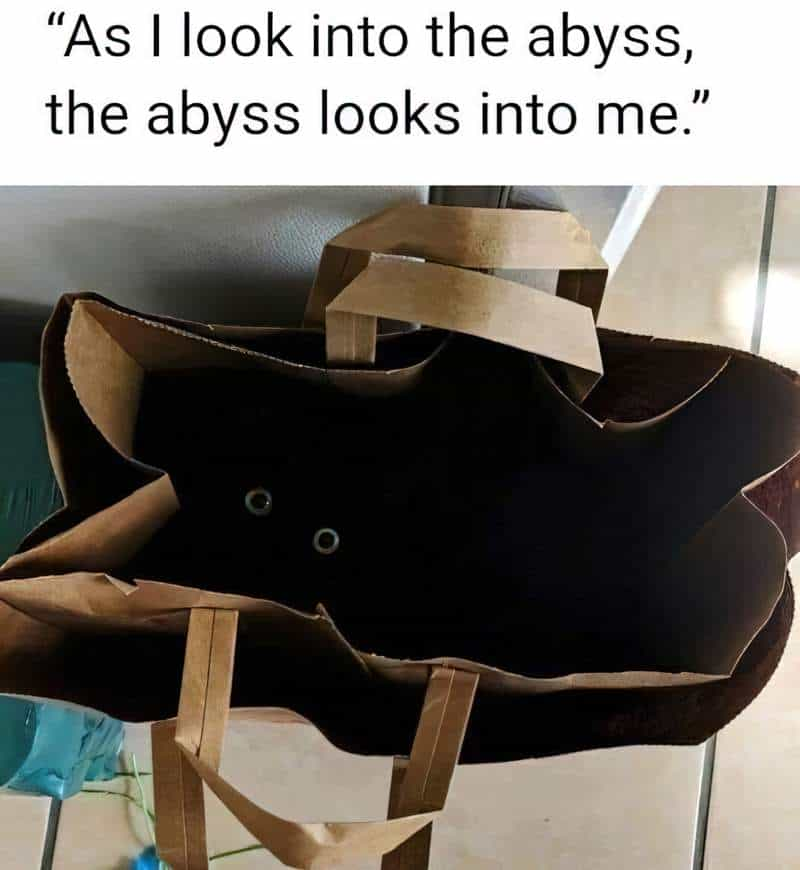
STORY STRUCTURE OF MY CAT LIKES TO HIDE IN BOXES
PARATEXT
Eve Sutton and Lynley Dodd’s much-loved children’s classic is superb to read aloud with beginner readers.
Cats from many different countries may like to do all kinds of strange things, but my cat, an ordinary round-the-house cat, likes to hide in boxes.
A CUMULATIVE TEXT
Made for beginner readers, My Cat Likes to Hide in Boxes is a classic case of a cumulative tale.
Anthropomorphised cats from mostly rich countries around the world are shown in national dress.
But the gag is that ‘my cat likes to hide in boxes’.
While I don’t want to read too much into this very basic picture book, I think this speaks the Kiwi inferiority complex I grew up with as a New Zealand child of the 80s and 90s. We very much got the feeling that exciting things happened elsewhere. Now I’ve travelled a bit and have lived in three different countries, I know this not to be the case. In fact, New Zealand is a great place to be a kid.

The messaging is bivalent, because this story can also be read as a celebration of basic fun. The cats dressed up in kimono and so on look as if they’re posing. The (supposedly) Kiwi cat, however, is just doing what comes naturally to cats, and making fun out of whatever material it has available to it. This is what Kiwis proudly call the “number eight wire mentality”, meaning if you have a coil of number eight wire (the bog standard wire used by farmers to build fences) you can fix anything yourself without needing to call in more knowledgeable (and possibly fake) experts.
Cumulative picture books look, at first glance, easy to write. Even the rhyme in this book isn’t particularly sophisticated. We’ve got ‘France’ rhyming with ‘dance’, ‘Japan’ rhyming with ‘fan’ and so on.
If you’ve ever turned your hand to writing a picture books, you’ll know the challenge comes in finishing them off. These days, the traditional publishing industry requires a strong ending, ideally funny. Not just funny, but still funny after fifty read-throughs.
DOGS LIKE TO HIDE IN BOXES TOO

AUTISTS LIKE TO HIDE IN BOXES

ACTUALLY EVERYBODY LIKES TO HIDE IN BOXES

